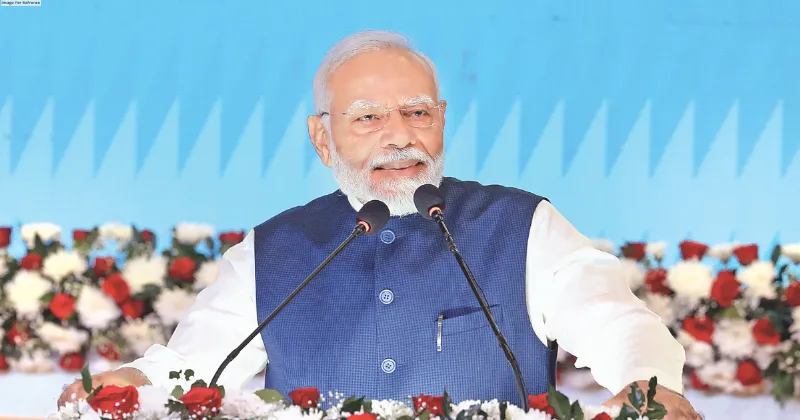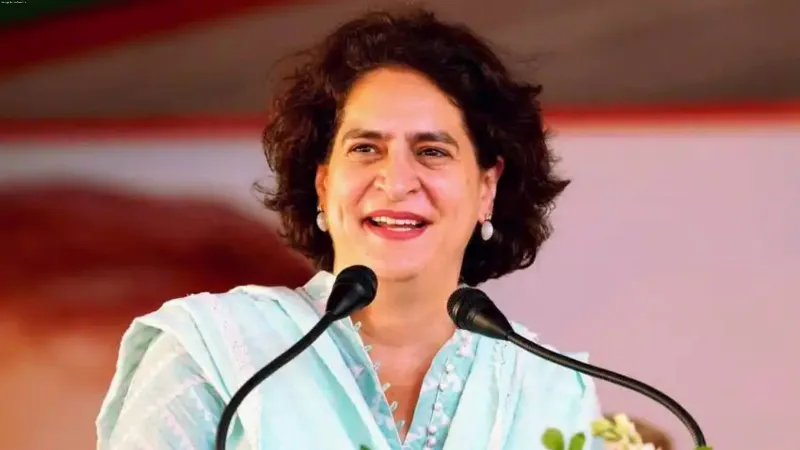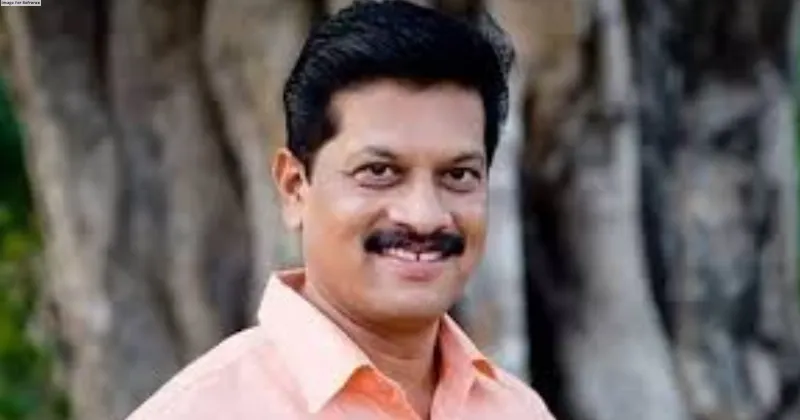Latest News
ARE WE CREATING THE WORLD?
.png)
The world “out there” is so visible and tangible that it begs us to accept it. Most people would shake their heads at the opposite notion, that the physical world is a mirage. But this is a major sticking point. Many if not most spiritual traditions consider that the average person is bound up in illusions. Depending on what tradition you respect, God’s goodness is masked by sin, which is one kind of illusion, or the whole world is Maya, a distraction from divine reality, which is the ultimate illusion.
But whenever opposites are in play, a third way has been overlooked. The contest between “The world is real” and “The world is illusion” will never be settled, to judge by human history over the past two millennia. This leaves an opening for a third way, which focuses on how anything and everything is created.
Quantum theory is intricate and confusing, but it can be believed on two points:
- There is an uncreated state before anything physical pops into the universe; this uncreated state contains virtual reality, which blossoms into space, time, matter, and energy.
- When you observe a quantum event, its path is unpredictable. Any outcome is possible, according to a range of probabilities.
In a simple analogy, when a baseball is flying through the air, its outcome hasn’t been determined. Maybe an outfielder will catch it, maybe not. Maybe it will be a foul ball or fly over the fence for a home run. The baseball in flight is like quantum uncertainty, which is only settled once the ball reaches its fate.
Now take these two ideas and merge them. There is an uncreated state that emerges but without a certain path. Now you have a plausible answer to how anything and everything is created. The uncreated state is like a painter staring at a blank canvas and a palette loaded with colors. The possibility of painting any picture exists until the moment when the painter decides what he is actually going to paint.
Going a step further once he knows what to paint, the very first dip of his brush into the first dab of color signifies the whole picture that is going to emerge. Even if the next hundred dabs of the brush on the palette look random, they are in service of a painting that already exists in the artist’s mind.
So, do we create the world in the same way? Some major clues pile up on the side of yes. The first two clues are the quantum principles just stated. The next clue is language. Before you have a thought or make a statement, your entire vocabulary is available in a pre-created state. Only when specific words come out does mental reality or speech take shape. And even then, there is not a determined outcome. A phrase that begins, “I want” can finish with anything at all.
What we’ve been doing is coupling individual consciousness with cosmic consciousness. Creating the world requires both, according to the Vedic tradition in India. A person has a perception, and Nature delivers. But the reverse is also true. Nature delivers an object in spacetime, and a person perceives it.
Thus a feedback loop is created, and it is seamless. I recall from reading in a philosophy book the question, “Are we thinking, or are we being thought?” The answer is both. Likewise, if you ask, “Does the brain create the mind or vice versa?” the answer is both. Quantum reality isn’t linear. There is no direct cause A for effect B. The two collapse into a single event once the event is complete. It’s like a baseball batter hitting that ball that can go anywhere. The batter isn’t out until one event happens, and he doesn’t hit a base run unless another event happens. The hitter and the ball are both indetermined together (quantum physics calls this the state of superposition).
There is a point, however, where physics falls short of Vedic knowledge. Physics hasn’t figured out how to get from the tiniest objects and events, which all occur in the strangeness of quantum reality, to big objects and events in the everyday world. In fact, for over a century physics has been living with two successful theories, quantum mechanics and Einstein’s General Theory of Relativity, without finding a way to make them match up; they remain totally incompatible.
Nature’s answer, adopted by Vedanta, is “Never mind.” Lacking a valid theory, somehow creation proceeds unflustered. Objects and events move from pre-creation to quantum uncertainty and finally land in everyday reality as rocks, trees, heart cells, proteins, and galaxies. The Vedic explanation for this is quite systematic: Nature changes gears at different levels of creation. Like a conveyor belt on an auto assembly line, every event or object moves from station to station where it acquires new characteristics. One station is virtual reality, the next is quantum reality, then atomic and molecular reality, and so on.
How does Nature keep track of the zillions of objects and events that need to ride the same conveyor belt? The only possible answer is cosmic consciousness. Nature knows in advance where each object and event needs to go, but with tons of wiggle room for creative changes. The creative process is 100% rigid and 100% flexible. As proof, that’s exactly how your brain operates. Every electrochemical reaction in a brain cell is rigidly governed by the laws of physics and chemistry. Yet you are completely free to say, do, think, and feel across an infinite range of possibilities.
What I’ve sketched in is a picture where individual creation and cosmic creation are a single process. Some questions remain. Are we creating only small, individual aspects of the world, like a chef making one dish at a time? Why are big things like stars and mountains so stable—Is it really true that we are creating them? The answers to these questions must be consistent, and in Vedanta they are. The conveyor belt of creation has myriad destinations. Some objects get off the conveyor belt when they become atoms, others when they become mountains, stars, baseballs, and baseball players. To the human eye, these things look completely different and separate, but that’s the ultimate illusion. In reality, each of us exists as a cocreator of the world, seamlessly merging with cosmic creativity.
THE VIEWS EXPRESSED BY THE AUTHOR ARE PERSONAL
DEEPAK CHOPRA The writer is MD, FACP, FRCP founder of the Chopra Foundation, a non-profit entity for research on well-being and humanitarianism, and Chopra Global





















